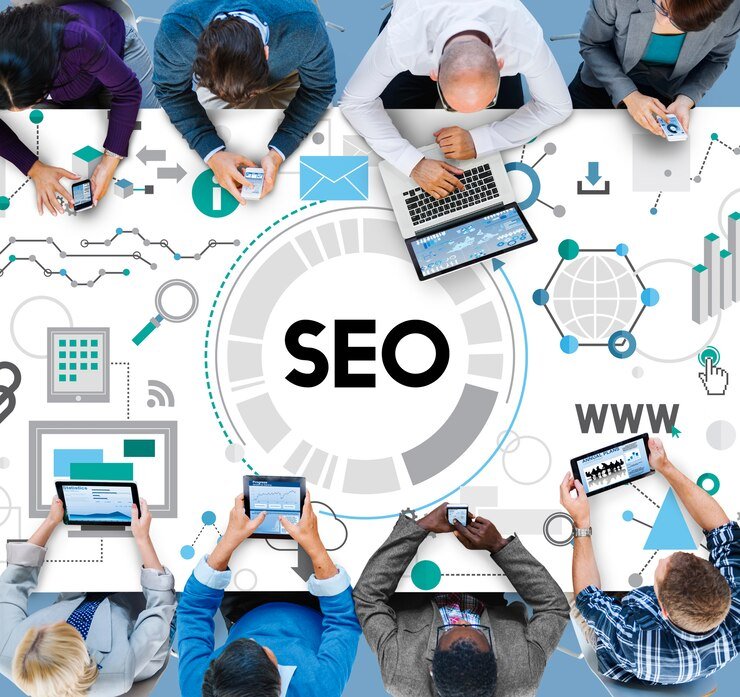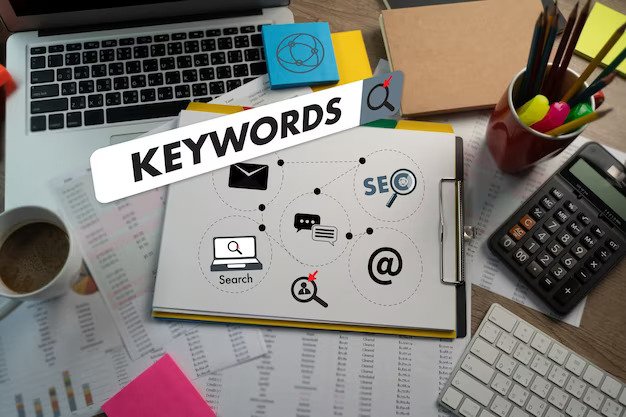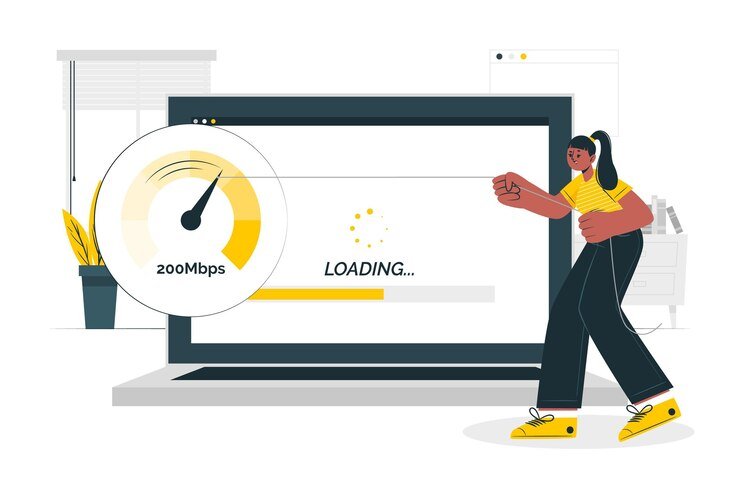Is Google only local search engine I need to pay attention to in local search?
January 8, 2024
Read More

On-page SEO, an integral part of search engine optimization (SEO), revolves around optimizing various elements within individual web pages to improve their visibility, relevance, and ranking in search engine results. It’s an essential strategy used by website owners and digital marketers to enhance a site’s performance and attract organic traffic from search engines like Google, Bing, and others.
The primary goal of on-page SEO is to align a webpage’s content, structure, and HTML source code with the search engine’s algorithms, making it more understandable and appealing both to search engine crawlers and human users. This optimization focuses on factors that are directly under the control of website administrators and content creators.
Here are the key components and techniques involved in on-page SEO:


Using proper heading tags (H1, H2, etc.) to organize content hierarchically and improve readability. These tags also assist search engines in understanding the structure and importance of the content.
Creating a coherent internal linking structure within the website. Properly linking related pages helps search engine crawlers navigate and understand the site’s architecture, while also providing users with additional relevant content.

By paying attention to these on-page SEO elements, websites can enhance their chances of ranking higher in search engine results, attract more relevant organic traffic, improve user experience, and ultimately achieve their digital marketing goals. It’s an ongoing process that requires consistent monitoring, analysis, and adaptation to stay relevant in the ever-evolving landscape of search engine algorithms and user expectations.